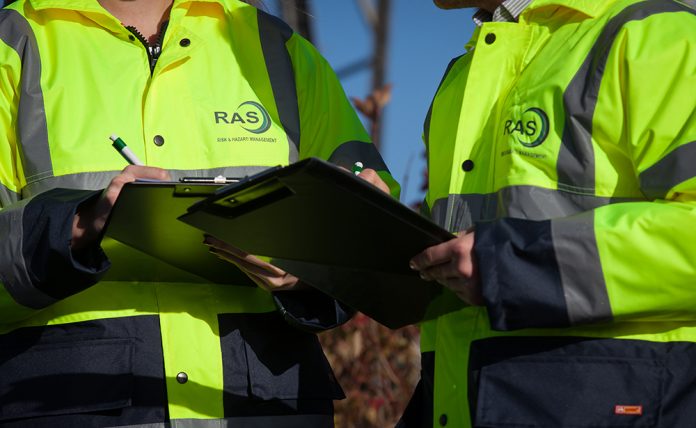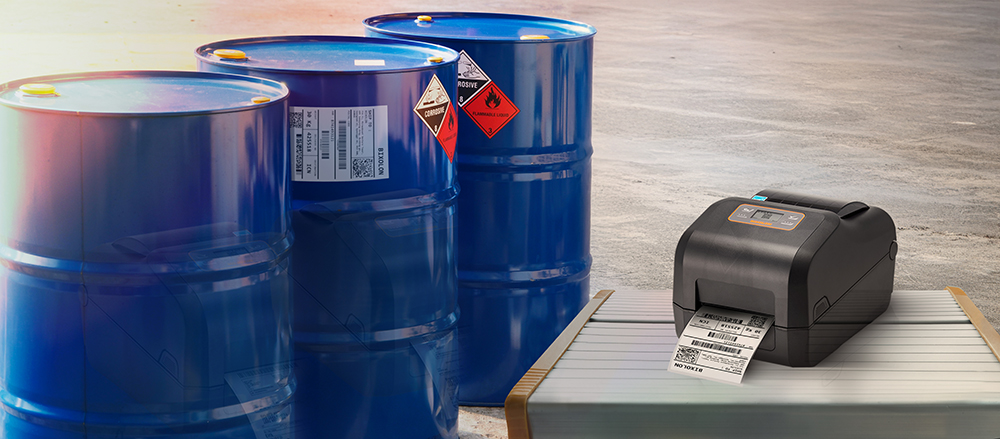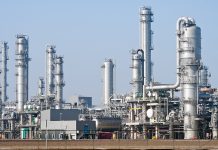There is a lot to think about when making a change at any establishment. Whether those changes affect people, plant, or process, it is imperative that the knock-on effects are identified and suitably managed. This is especially true for COMAH establishments where the stakes are even higher.
There is a requirement set out in the COMAH Regulations to notify the Competent Authority (CA) of “any modification of the establishment or an installation which could have significant consequences in terms of major accident hazards”. Significant is a key word here, but it is such a subjective term. How can we make sure we are comfortable when we decide what is, and what isn’t, significant?
In most cases, a review of the risk assessment is an obvious place to start – if there is an increase in risk, then the change is significant. If the risk stays the same, or is lower, then we don’t need to worry, right? Well not necessarily. The regs talk about consequences in terms of major accident hazards, not just the risk, so we need to look at the full picture, including how the change might impact on how we prevent, control and mitigate the consequences of our hazards.
Our sites are complex systems, and when one component changes, it will inevitably cause a ripple effect that reaches several other components; nothing can happen in isolation in our systems. For example, an upgrade to a piece of equipment out on plant might require changes to the control system, new maintenance schedules and training for those working with it. A change in organisational structure might take vital knowledge and experience from a team, and impact on task management and workload. It is clear that a systematic approach is needed to fully understand the magnitude of the change in relation to major accident hazards.
A useful tool for taking a systematic approach is the COMAH Safety Report. The Safety Report is a tool for demonstrating that risks are understood and managed, and so it should already describe all of the elements of the system that are in place to prevent, control and mitigate the consequences of hazards. Using the report as a framework can therefore make for a really robust management of change process by highlighting which of our system components are sensitive to the change, both negatively and positively.
Using the COMAH Safety Report in this way is a good excuse to keep it updated and fresh, even where it is found that the change isn’t significant enough to notify the Competent Authority. We put a lot of resource and effort into producing our Safety Reports, so why not make the most of that by using them as a map to help us understand, communicate and navigate our complex systems?
Of course, it is better to let the Competent Authority know about your change in any case, but being prepared to outline why it is, or isn’t, significant will provide a strong demonstration that the risks at the establishment are well understood and managed.
Making a change at a COMAH establishment can be daunting. There is a lot at stake if the impacts of the change aren’t identified, and with such complex systems it is difficult to know where to start. COMAH establishments already have a valuable tool at their disposal, the Safety Report. Using the report as a framework for identifying system components not only keeps the report itself live, but it ensures that the approach to change management is comprehensive and robust.
Jenny Hill and Carolyn Nicholls
enquiries@ras.ltd.uk










